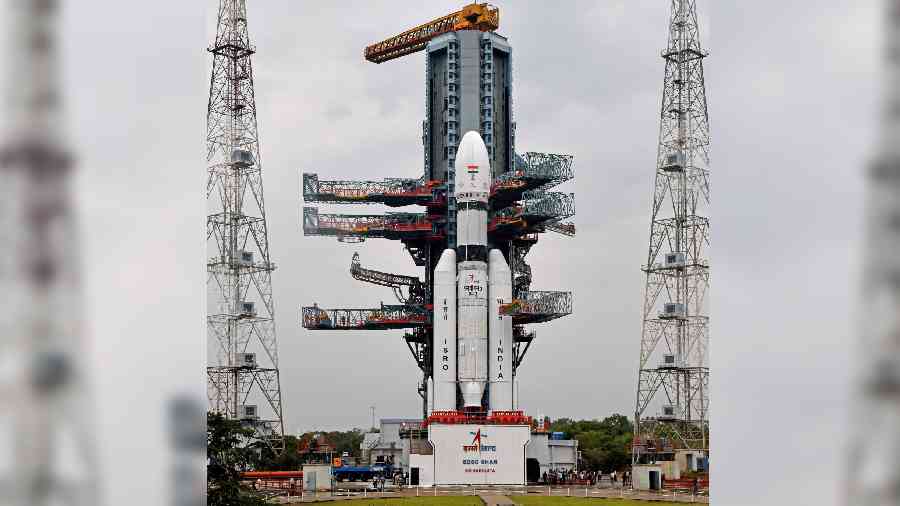Bharti Enterprise-backed OneWeb on Sunday completed its constellation of 618 low earth orbit satellites that would allow it to offer broadband internet services from space in every corner of the world.
Indian Space Research Organisation's Launch Vehicle Mark-3 (LVM3) placed 36 OneWeb satellites in a low earth orbit following a successful launch from the Satish Dhawan Space Centre at Sriharikota.
“This is the most significant milestone in the history of OneWeb, as we reach the satellites needed for global coverage,” Neil Masterson, Chief Executive Officer of OneWeb said in a statement.
Sunday's launch was for the second time that OneWeb used ISRO's satellite launch services. The first batch of 36 OneWeb satellites was launched from Sriharikota on October 23 last year.
“I am particularly proud that OneWeb has crossed the threshold to be able to provide its global coverage in India,” Sunil Bharti Mittal, Executive Chairman of One Web said.
On March 9, SpaceX's Falcon-9 rocket placed 40 OneWeb satellites in orbit.
OneWeb, a company backed by the British government, Bharti Enterprises, Eutelsat, SoftBank, Hughes Networks and Hanwha, has launched internet from space services in countries located above 50 degrees north latitude – Alaska, Canada, Greenland, UK and Northern Europe.
The company plans to launch services in India later this year, subject to regulatory approvals and has already acquired the GMPCS (global mobile personal communications by satellite services) permit from the Department of Telecommunications as well as the permission to set up an earth station.
“Other permissions that are required to be taken are from the Department of Space. We will have clarity on that once the space policy comes out,” Lt Gen A K Bhatt (retd.), Director General, Indian Space Association (ISpA), the industry body for the space sector, told PTI.
Bhatt said Sunday's launch was a significant milestone for India to move towards benefiting from the remarkable capabilities of LEO connectivity and the spread of space-based internet.
“This will surely aid in addressing the issue of low fixed broadband penetration and bridge the digital divide in the country's most remote areas,” Bhatt said.
The approvals for private businesses that were earlier granted by ISRO will now have to be routed through Indian National Space Promotion and Authorisation Centre (INSPACe), the single-window nodal agency for the private sector.
OneWeb is a wholesale provider of internet services through its constellation of satellites unlike the Starlink service offered by Elon Musk's SpaceX directly to individual users.
“We offer our network services to telecommunications companies, Internet Service Providers, enterprises and governments to use our high-speed low latency service,” the OneWeb spokesperson said.
OneWeb had contracted ISRO for the launch of 72 satellites, reportedly at a cost of Rs 1,000 crore, after it had to scrap the arrangements with Russia's Soyuz rockets following the Ukraine conflict.
OneWeb uses a constellation of low earth orbit (LEO) satellites to provide broadband internet access instead of the traditional method of using satellites placed in geostationary orbits (GEO) 36,000 kms above the equator.
LEO satellites placed in orbits ranging from 200 km to 1,500 km from earth – compared to 36,000km for GEO satellites -- significantly increase bandwidth and reduce latency in space to around 50-70 milliseconds (ms), a report by GSMA Intelligence, an industry body said.
Latency refers to the time taken by a data packet to be transmitted from a user to the internet service provider through the satellite network.
The latency for GEO satellite networks is in the range of 500-700 ms, which limits their use to 2G and 3G communications.
Except for the headline, this story has not been edited by The Telegraph Online staff and has been published from a syndicated feed.











